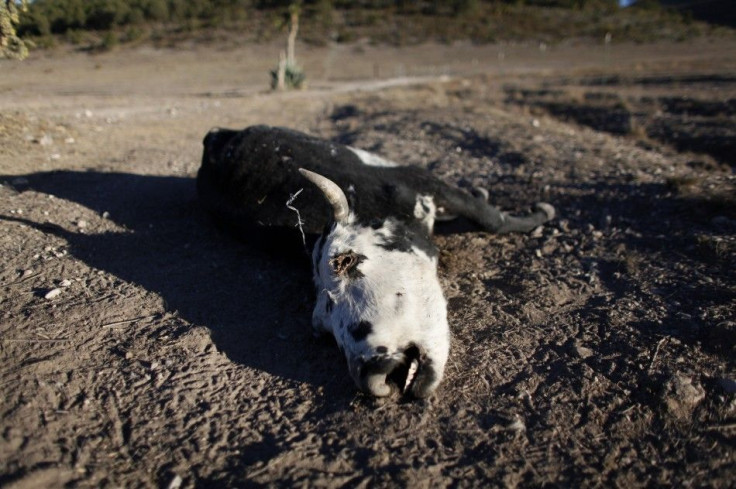Marijuana Growers in Mexico Suffer Worst Drought: Army

Illicit drug growers and their crops of marijuana and opium poppies are suffering the worst drought in northern Mexico, since the government began keeping records 70 years ago.
“One effect of the lack of rain is that drug planting has declined considerably, Gen. Pedro Gurrola, commander of armed forces in the state of Sinaloa told Associated Press.
According to Gurrola, army surveillance flights this year have detected fewer marijuana plantations than in previous years.
We can see a lot less than in other years, Gurrola told reporters. It depends a lot on conditions. As you can see, everything is dry.
They try to adapt. Where there is a stream, a pit, they put pumps and hoses in there and try to produce as much as they can.
However, Gen. Ricardo Trevilla, an army spokesman said that fewer marijuana plantations did not mean a drop-off in the overall production of drug cartels.
In an interview with Associated Press, Trevilla said that “the cartels have been increasingly turning to the production of synthetic drugs like methamphetamine, because they are easier to produce and are more profitable.”
“Synthetic drugs can be made faster, need less storage space and are harder to detect,” he added.
© Copyright IBTimes 2025. All rights reserved.





















